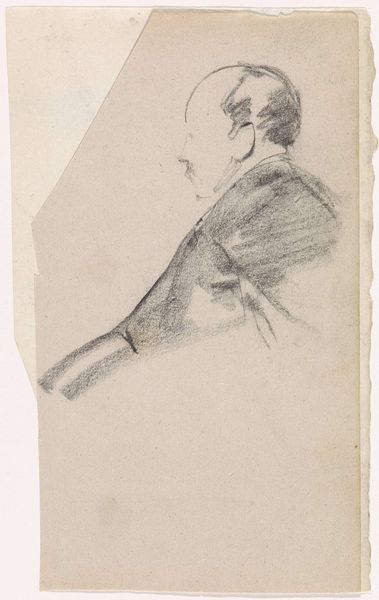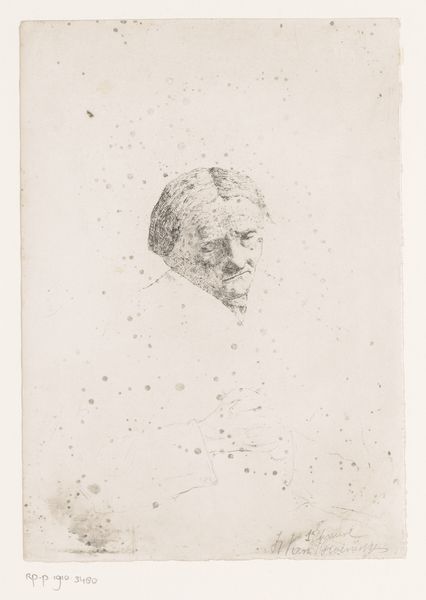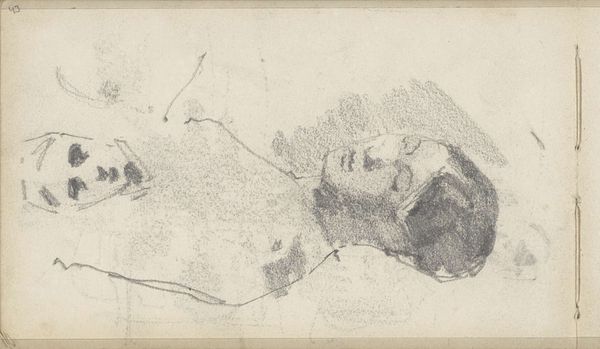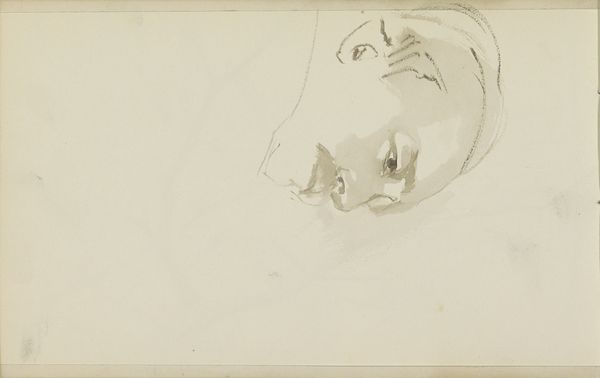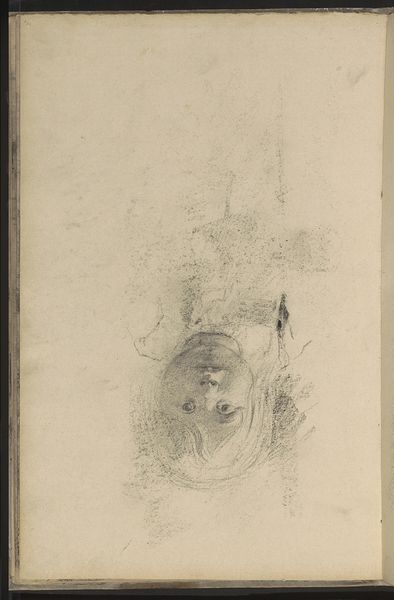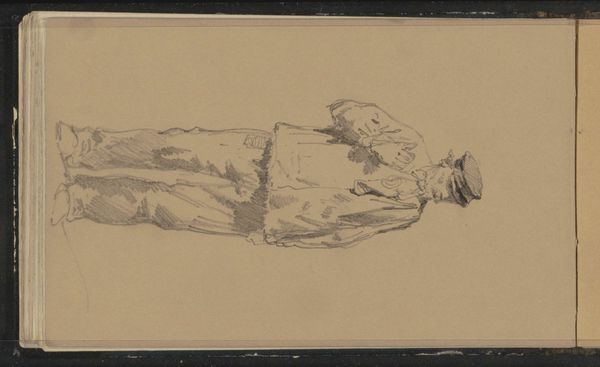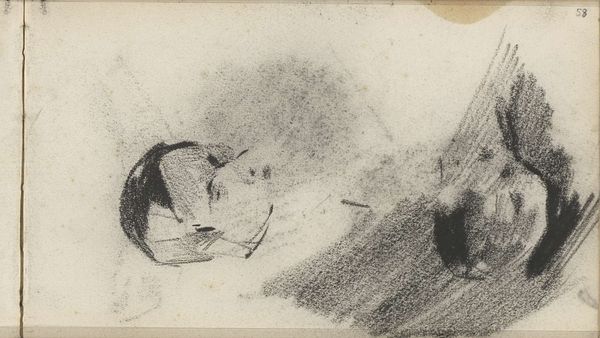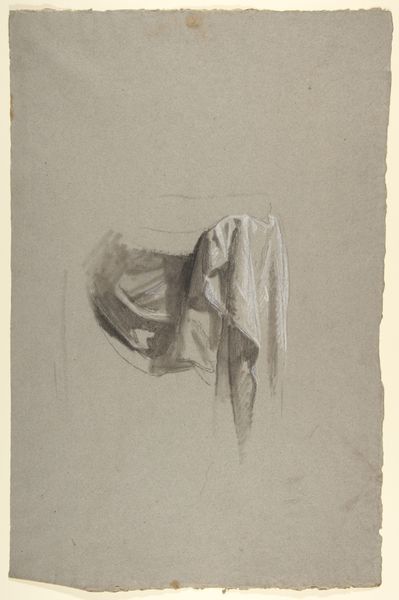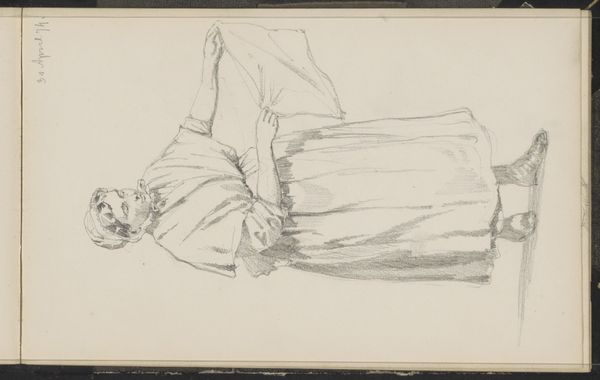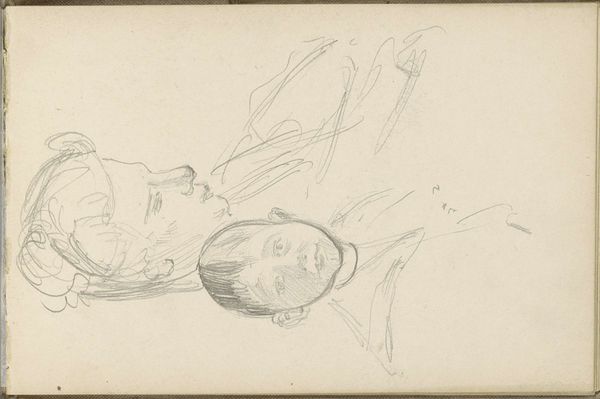
Copyright: Rijks Museum: Open Domain
Editor: Here we have "Woman's Head, possibly with a hat" by Isaac Israels, dating from around 1890 to 1920. It’s a delicate pencil drawing on paper. I’m struck by its unfinished quality, almost dreamlike. What catches your eye about this piece? Curator: The seeming incompleteness is key, I think. It’s like a half-remembered face, clinging to the edge of consciousness. Note how the hat, or perhaps the hair, is rendered with darker, more certain strokes, while the face itself is fainter, more vulnerable. Does this contrast spark any associations for you? Editor: Maybe a tension between public appearance and private identity? The hat, a social marker, is boldly defined, but the face is elusive, hidden. Curator: Precisely! Think of the psychological weight of portraiture during this era. It was a moment obsessed with capturing the 'soul,' the inner essence of a person. Yet, here, Israels presents us with a refusal of that direct access. The light strokes around the eyes and mouth evoke feelings of introspection or fragility. Editor: So, it’s like he’s hinting at the limitations of portraiture itself, suggesting that a complete likeness is impossible, or perhaps even undesirable? Curator: Exactly. He acknowledges the cultural expectation while simultaneously subverting it. The sketch-like nature, the deliberate lack of finish, speaks to the fleeting nature of identity itself. Editor: It's fascinating how much the artist communicates through what *isn't* there. Thank you! Curator: Indeed. The absence becomes a potent symbol, inviting us to contemplate the hidden depths beneath the surface.
Comments
No comments
Be the first to comment and join the conversation on the ultimate creative platform.

